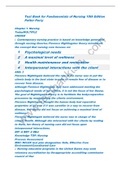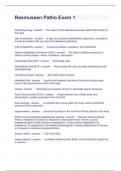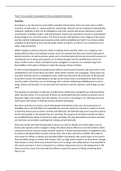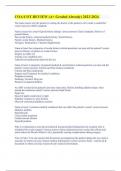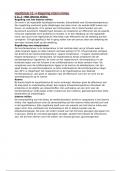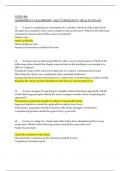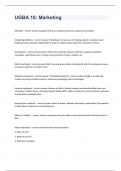Summary
Samenvatting Business Aspects of Technology: Biotechnology
- Course
- Institution
Samenvatting Business Aspects of Technology: Biotechnology. 2MA Bio-ingenieur en Handelsingenieur Professor Thomas Crispeels Taal: Engels Chapters: Chapter 1: Biotechnology Industry Profile Chapter 2: Entrepreneurship in Life Sciences Chapter 3: Biotech Business Models and Business Develop...
[Show more]




